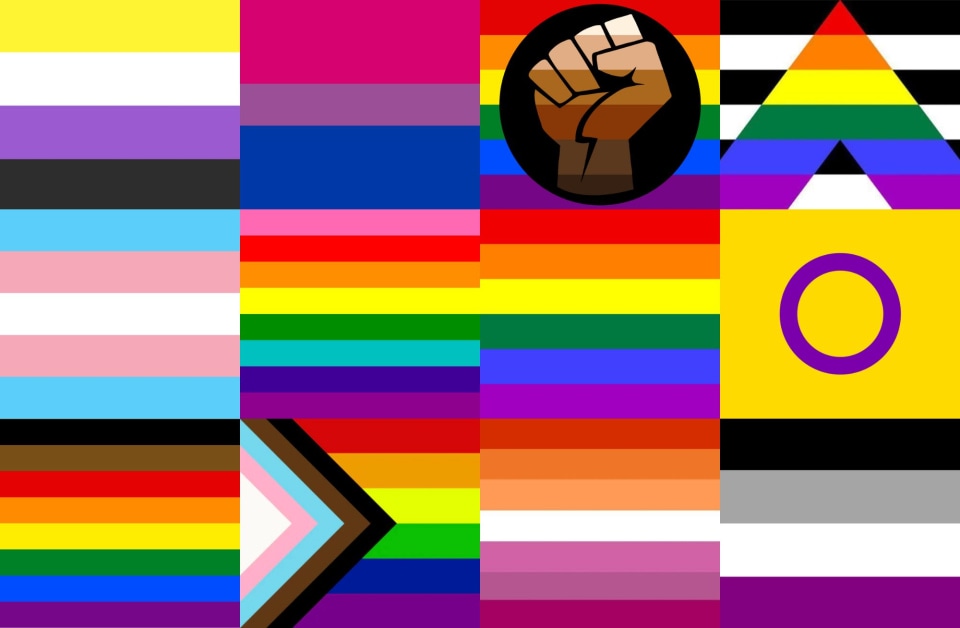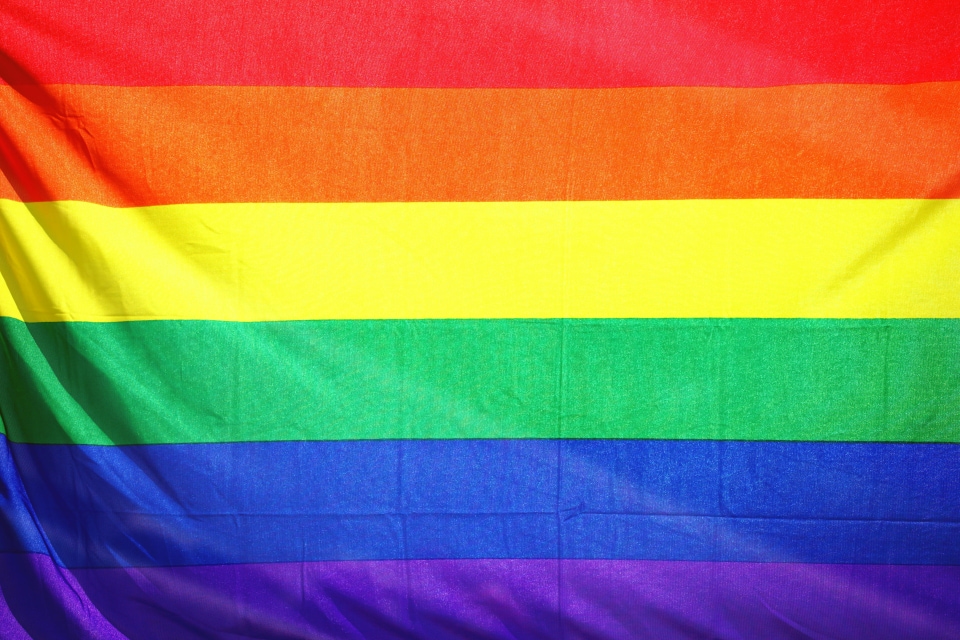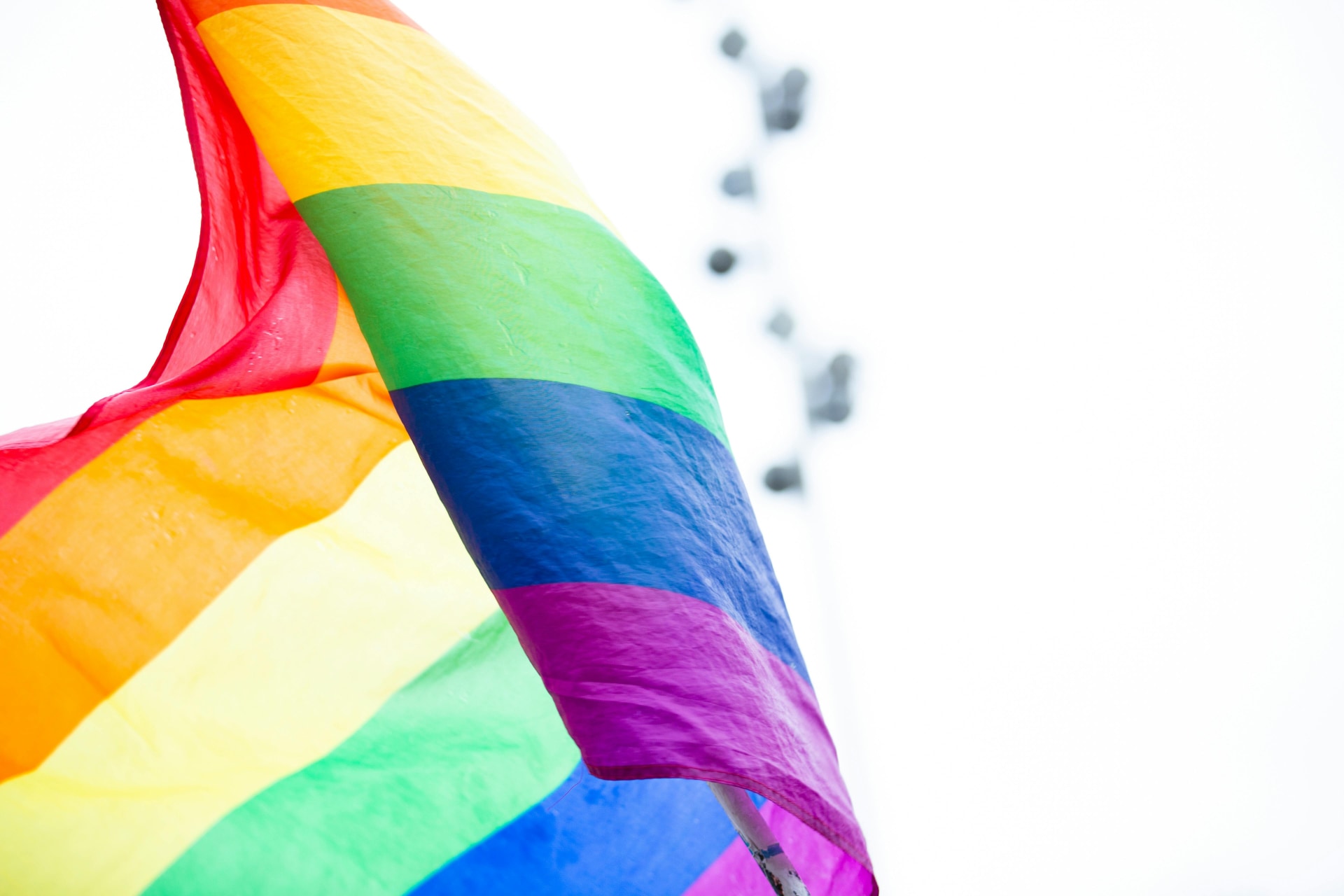Welcome to our LGBTQIA+ resource and information page, where inclusivity thrives in preK-12 education. Here, educators, students, and families can access a wealth of resources, from documents promoting inclusion to guides on creating affirming environments. Together, let's empower every member of our community to feel seen, heard, and celebrated in CRPUSD schools.
For the 2024-25 school year, the LGBTQIA+ District committee will meet virtually from 3:30pm-4:30pm on October 22nd, December 3rd, February 18th and April 15th.

You Are Not Alone
Understanding Gender Identities
https://www.thetrevorproject.org/resources/article/understanding-gender-identities/
What to do when you want to come out
https://www.thetrevorproject.org/resources/guide/the-coming-out-handbook/
How to support your youth when they change their name or pronouns
https://nblgbtqifamilies.org/

Supporting Organizations
PFLAG Website - Supporting Organizations
https://pflag.org/
GLSEN Website - Supporting Organizations
https://www.glsen.org/
Sage Casey Foundation Link - Supporting Organizations
https://www.sagecaseyfoundation.com/
CEUfast Blog - LGBTQ+ Resources for Families
https://ceufast.com/blog/lgbtq-resources-for-families
Sonoma County Resources
School Legal Responsibilities
In providing a welcoming and inclusive environment for all students there are often questions about legal responsibilities and limitations. The following is a summarized version of the rights and responsibilities in California that explicitly, but not exclusively, affect LGBTQ individuals and families.
Our Schools who have LGBTQIA+ clubs
Definitions and F.A.Q
How to be an ally
An ally is a person who supports, advocates for, and uplifts a marginalized community to which they do not belong. You can be an ally to racial and religious minorities, the LGBTQIA community, the disabled community, and to women, among other groups.
How to practice proper Pronouns
Practice with Pronouns is a great source to start practicing appropriate pronouns.
Defining: Lesbian & Gay
“Gay,” at its most basic level, refers to someone who is attracted to people of the same gender. The gender of the gay person is irrelevant: you can be a gay cis-man, a gay cis-woman, a gay non-binary person, a gay trans woman, a gay trans man, and on and on and on! The combinations are endless.
Defining: Bisexuality
Bisexuality means an attraction toward people of all genders at any given time in a person’s life.
Defining: Transgender
The word transgender is an umbrella term used to describe people whose gender identity differs from the sex they were assigned at birth.
I know that’s kind of a mouthful, so let’s break it down! Someone’s gender identity is their internal sense of being male, female, both, or neither, and it has to do with how people perceive themselves. Someone’s assigned sex at birth is the male or female label they were given by the doctor when they were born, based on their external genitalia.
Transgender is an adjective, which means it’s used to describe someone. Therefore, you wouldn’t refer to someone as “a transgender.” Instead you would say “a transgender person.” Similarly, you wouldn’t say that someone is “transgendered”—that would be like saying that someone from Germany is “Germaned.”
Defining: Pansexuality
Pansexuality can be defined as romantic and/or sexual attraction to a person regardless of their gender identity or sexual orientation. What it boils down to is that pansexual people are capable of attraction to anyone. This includes (cisgender and transgender) men and women, non-binary people, people who are agender, bigender, genderqueer, and all those who fall outside the gender binary.
Defining: Intersex
The definition of intersex is often disputed, but in general, people have used it as either an adjective or a noun to refer to people or bodies that have a combination of what are typically (albeit problematically) considered male and female sex traits (genital, gonadal, or chromosomal, for example). Many researchers have tried to estimate the prevalence of intersex in the general population. These estimates may not be totally reliable, in part because estimating the prevalence of intersex requires a clear definition of intersex, which, again, is a slippery term for lots of reasons.
Defining: Asexuality
Asexuality, like hetero-, homo-, or bisexuality, is a sexual orientation. More accurately, it is a lack of sexual orientation. In the simplest terms, an asexual-identifying person does not experience sexual attraction.
Defining: Queer
“Queer” is a reclaimed word used to describe any sexual orientation and/or gender identity that may fall outside the common identities of heterosexual and/or cisgender. Queer can also be used as an all-encompassing, inclusive term for LGBTQIA. For example: Queer Theory, Queer Literature, Queer Studies.
Defining: Non-Binary
“Non-binary” is a gender identity under the transgender umbrella. Someone who is non-binary does not identify as exclusively male or female (also known as the gender binary) and does not identify as the gender assigned to them at birth.


